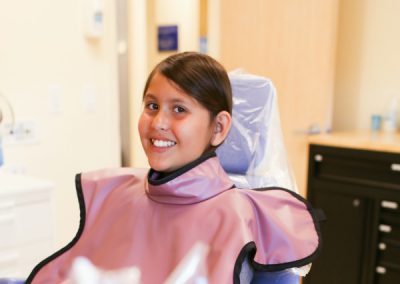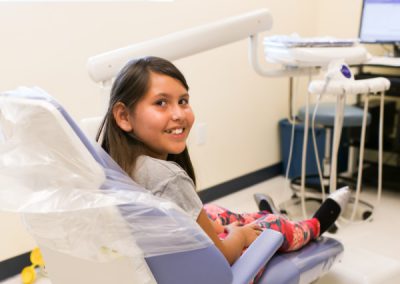Oral health of Hispanic children in US
Oral health is highly important. Maybe, most of the people should think that independent of the ethnicity, the percentage of the diseases should be similar across all the segments. However, studies discovered that the Hispanic children in the United States (US) are more likely than children of other racial/ethnic groups to experience dental caries.
One of the reason could be the level of acculturation. According to BMC Public Health “A dose-response relationship was observed between household acculturation and the oral health of Hispanic children in the US. As acculturation increases, the likelihood of a child experiencing dental caries decreases. These findings suggest that public health and community-based interventions intended to reduce oral health disparities in Hispanic children would likely be most impactful if the acculturation levels of the children’s households are considered during program development.”
Why is this important?
Basically, because the Hispanic children is one of the most growing segment of the United States (US) population. The percentage of children in the US who are Hispanic has increased from 17% in 2000 to 25% in 2016 [1], and nearly a third of Hispanics in the US are under age 18 [2]. The oral health of Hispanic children is of concern, as they are more likely than children of other racial and ethnic groups to experience dental caries (i.e., tooth decay) [3].
The importance of the Teledentistry
One potential solution to the problem described above could be the use of Teledentistry. An example of this, it is the innitiative of Healthy Smiles for Orange County in California. This clinic offers telehealth technology and currently operates one of the biggest school-based teledentistry programs in the nation.
Children receive a full dental check-up (including a cleaning, fluoride, and x-rays) in the convenience of their own classroom. A dentist reviews the data offsite and creates a treatment plan. This strategy tackles traditional barriers to care such as a lack of reliable transportation and parent work schedules. More information: https://healthysmilesoc.org/
Final Thoughts
Technology could be for sure a way to solve the oral health problem in many segments of the people and certainly, organizations and institutions should start considering in the first place the Hispanic children. They really need it.
Recommended Posts:
- Views on Marijuana / Cannabis Among the African American / Black Community
- Multicultural Healthcare Initiatives – Making a difference
- Si quiere saber de Seguros Dentales: AQUI



